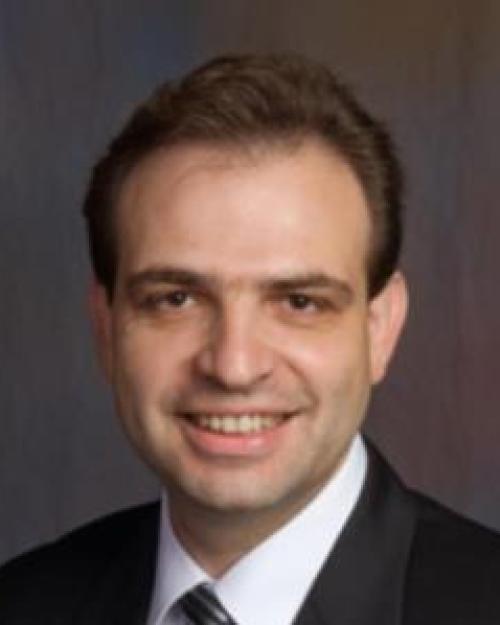
In-cabin Sensing
Presentation Menu
This lecture explores the transformative role of in-cabin radar technology in enhancing vehicle safety. The rise of autonomous and shared transportation has increased the demand for accurate in-vehicle cabin monitoring without compromising passengers’ privacy. The lecture covers the fundamental principles of in-cabin radar systems, their integration into modern automotive designs, and their real-time capabilities for monitoring driver and passenger behaviors. Special attention will be given to advanced features such as detecting driver fatigue, monitoring vital signs, gesture recognition, and ensuring passenger safety, including child presence detection.
The lecture discusses ultra-wideband (UWB) and millimeter-wave (mmW) linear frequency modulated (LFM) radar technologies and compares them comprehensively. This includes exploring system architecture, antenna and RF design, and signal processing techniques. In-cabin radar technology will also be compared with alternative optical sensors like RGB, infrared cameras, and LiDARs. A thorough overview of the technical aspects, regulatory considerations, and potential applications will be presented, along with an analysis of the challenges and future prospects in the field.
One of the critical functions provided by in-cabin radar is vital signs monitoring, which presents unique challenges in vehicles due to vibrations from motors and road conditions. These challenges and state-of-the-art solutions will be discussed. The severe multipath propagation conditions experienced by in-cabin radars will also be analyzed, along with potential solutions. The lecture will address health concerns related to radar operation in close proximity to passengers and examine the interaction between radar electromagnetic waves and the vehicle.
This lecture is relevant to industry professionals, researchers, and developers seeking to stay at the forefront of automotive radar innovation.
